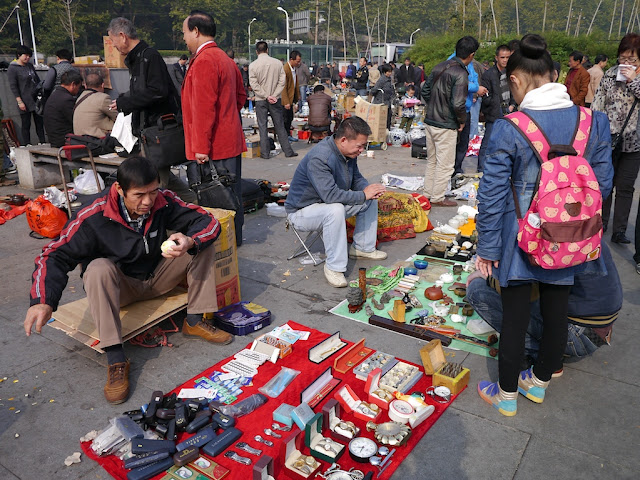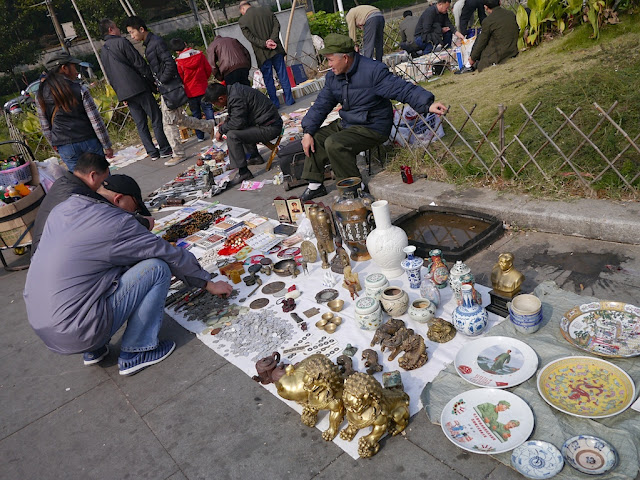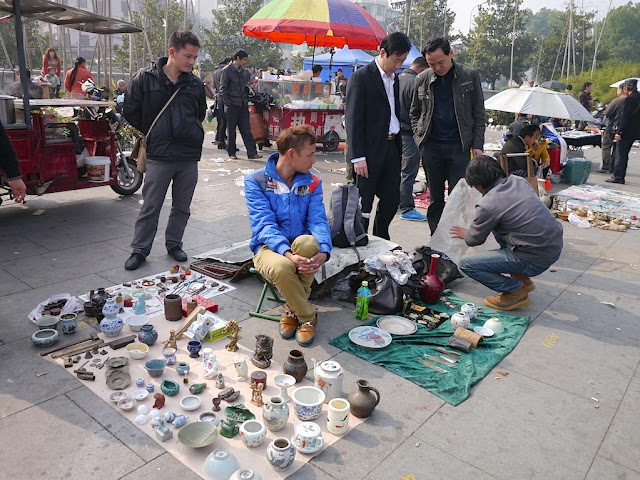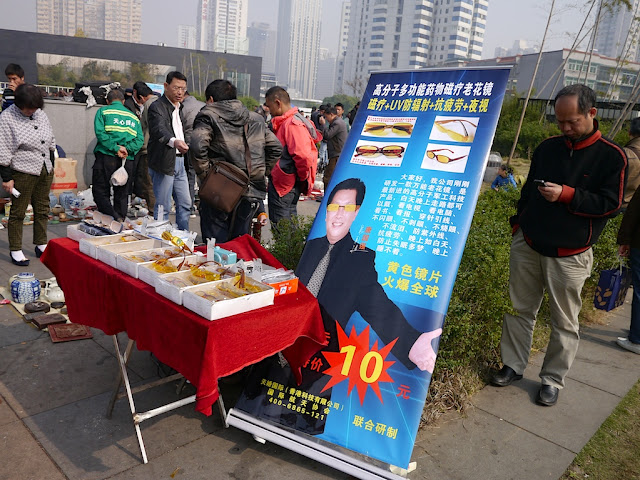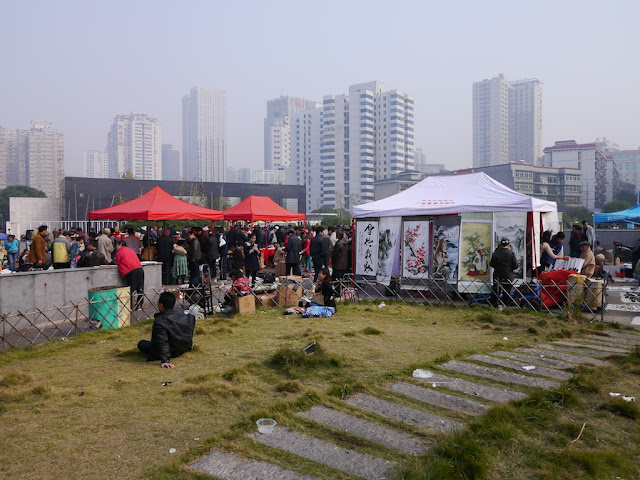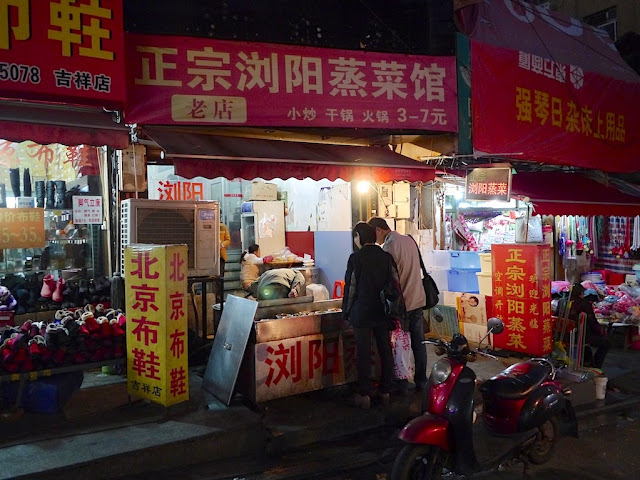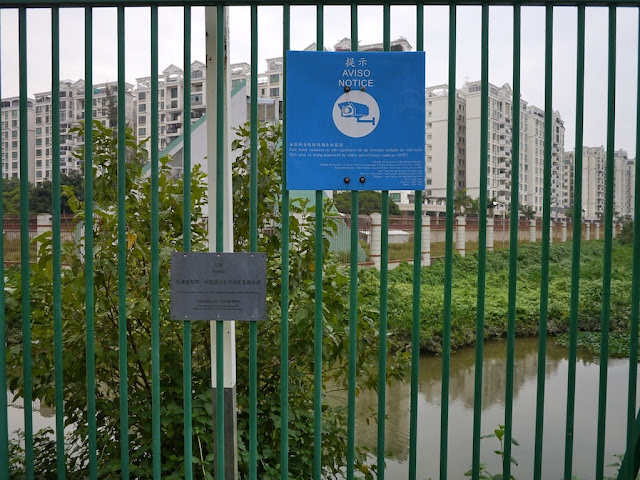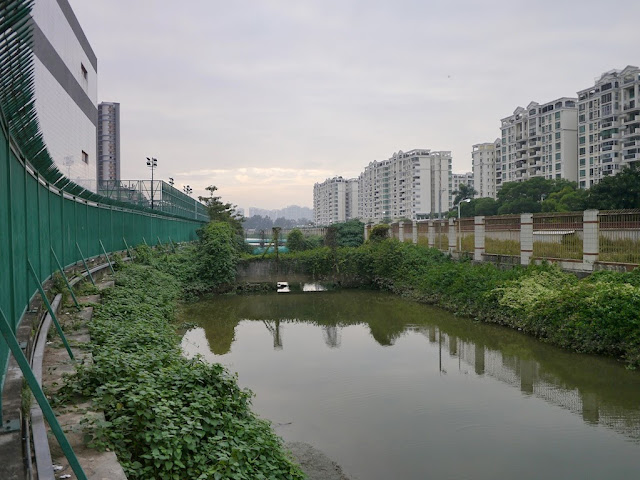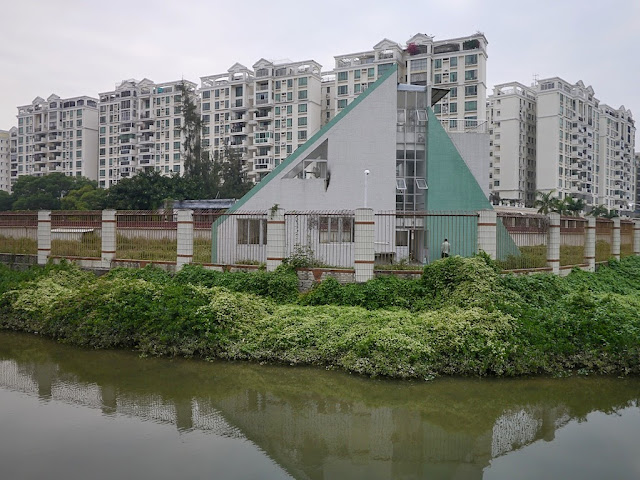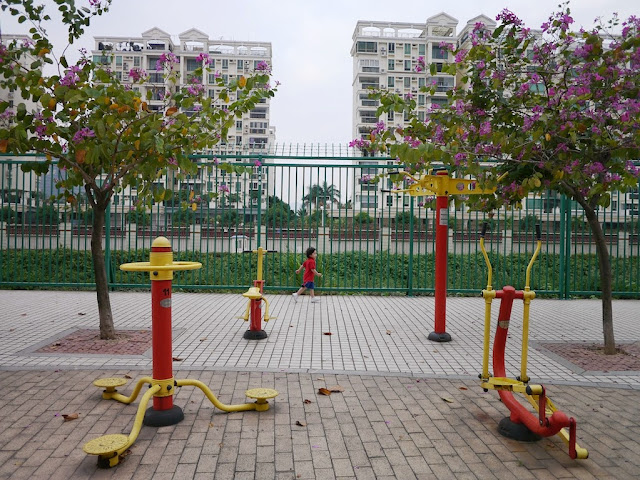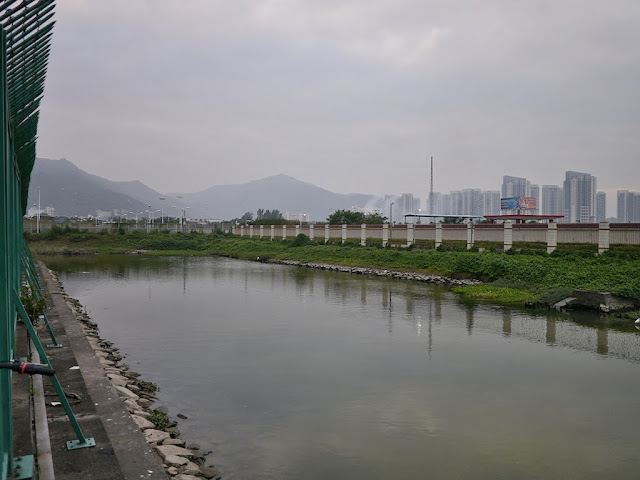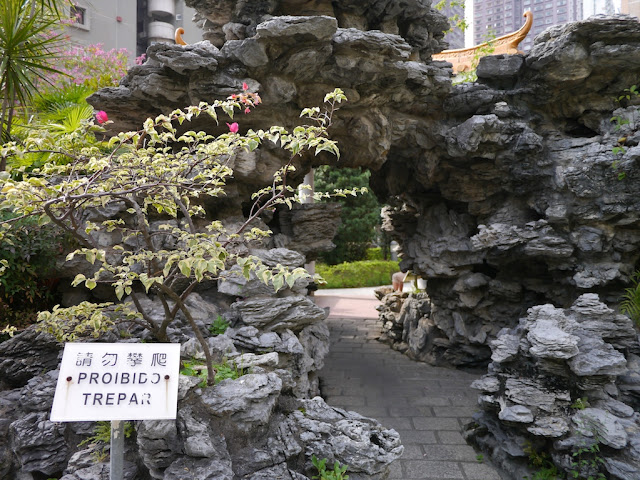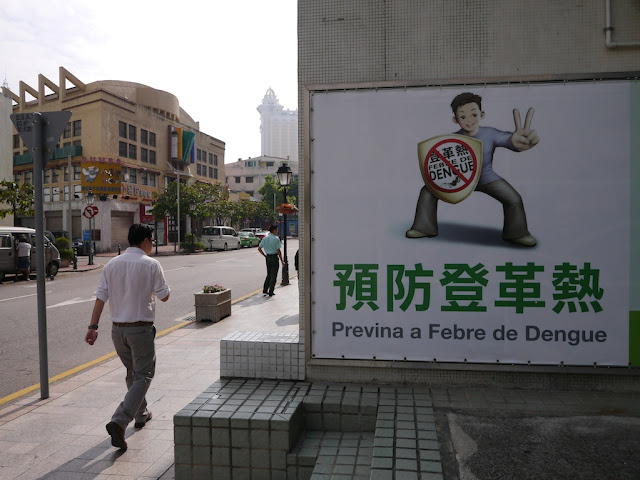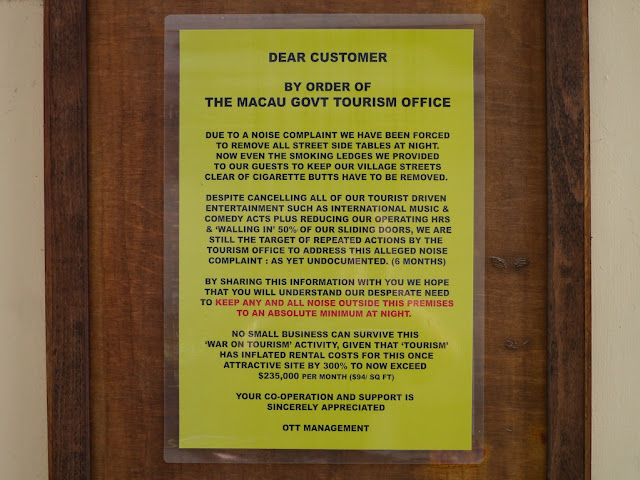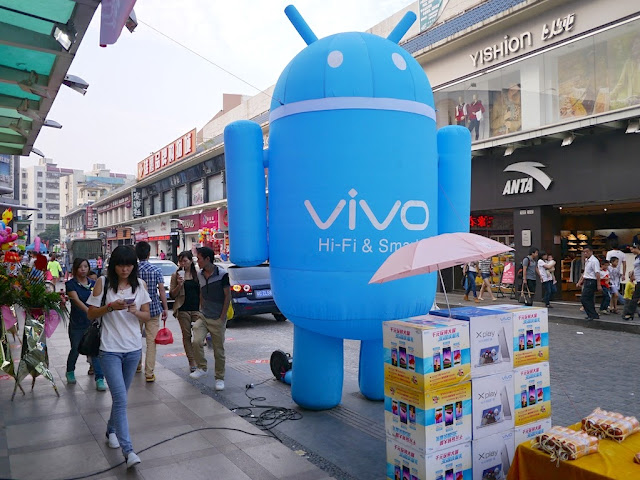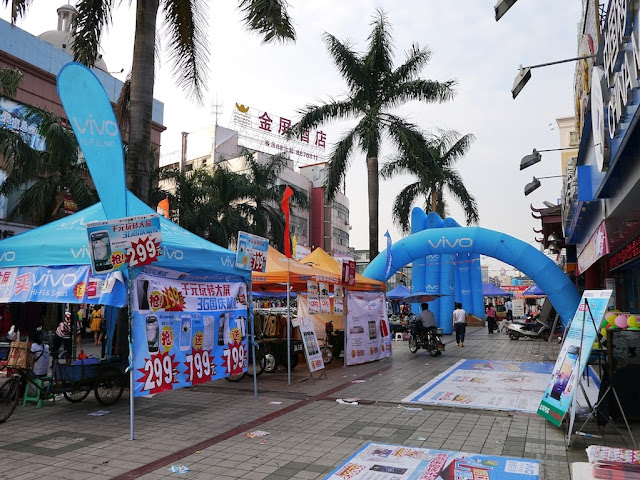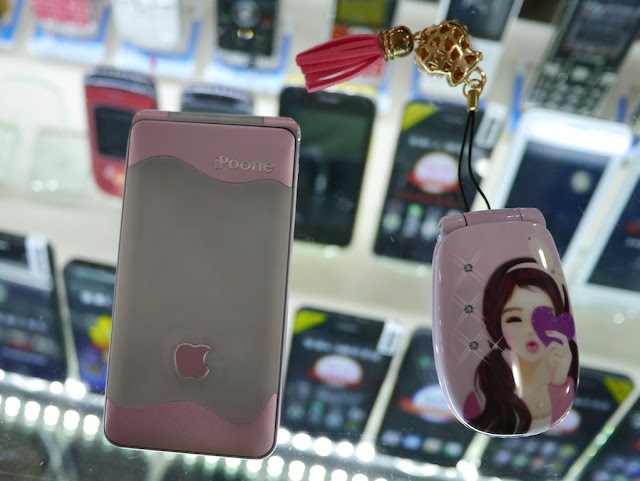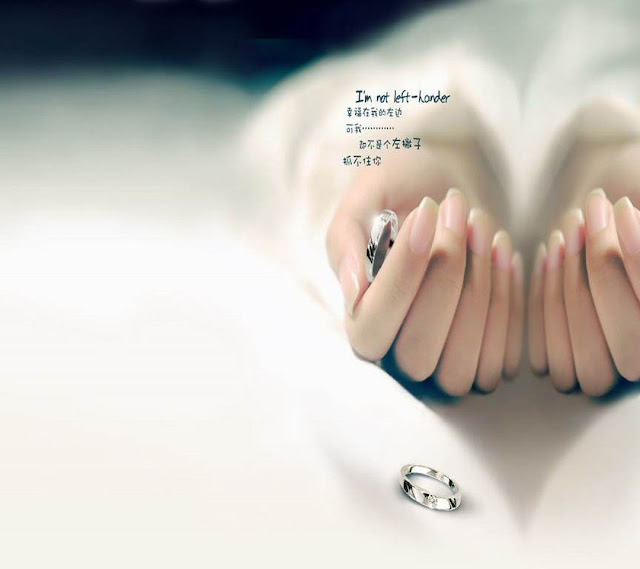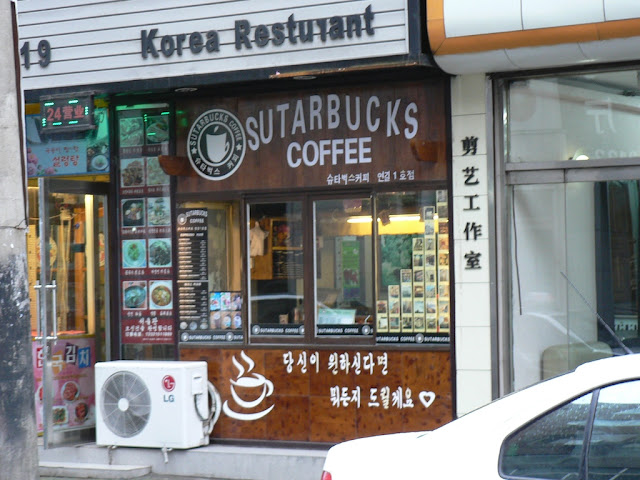Previously, I wrote about my experience
traveling by high-speed rail from Guangzhou South Station to Zhuhai when the main Zhuhai station did not exist and I had to take a long taxi ride from Zhuhai North Station to a more central area. I later shared what I saw at the
under-construction Zhuhai Railway Station and provided an update when I read the
station had opened.
Three days ago I went to the Zhuhai Railway Station.
I wasn't there just to visit, and after passing through some light security I stayed in the waiting area.
After a quiet wait, I boarded a high-speed train.
And I enjoyed the scenery as I headed north.
Guangzhou was not my final destination, so I had the opportunity to visit the waiting area of Guangzhou South Station again (scenes from an earlier trip
here).
I would have preferred to eat
some of Guangzhou's delicious food, but the station's offerings seemed more mundane. So I picked up a passable tuna sandwich from FamilyMart, a Japanese convenience store chain I became familiar with in Shanghai and Taipei.
Later, I boarded another high-speed train, but this was one of China's faster G line trains. Again, I enjoyed some of the views as I headed further north.
Not all of the scenes were as clear as above, though.
Upon arriving at my destination, I could taste air pollution like I never tasted in Zhuhai. I also noticed a few changes at the train station such as a new area for boarding taxis that is far more orderly and efficient than before:
The taxi I rode provided several signs of my new destination, include the fair starting at 6 RMB instead of Zhuhai's 10 RMB and the bust of Mao Zedong proudly sitting on the dashboard.
During the taxi ride, a highway sign provided an unexpected reminder of where I had started the day far away.
Finally, I arrived at my hotel. Upon stepping out of the taxi I saw a hotel security man probably in his 50s approaching me with a huge smile. Despite it having been a year since my last visit, I immediately recognized him. We created a bit of a scene high-fiving each other.
I've never seen a FamilyMart in this part of China, but I didn't need one. Later that night, I enjoyed a meal at one of my favorite hole-in-the-wall restaurants.
Unlike my arrival here last year, I will not do a
"guess where I am" post. I'm back in Changsha, Hunan province. The train portion of my journey from Zhuhai to Changsha took less than 5 hours, including a one hour layover in Guangzhou. The new station in Zhuhai certainly made traveling to Changsha more convenient. Given Changsha's traffic, though, I am now looking forward to the opening of something else under construction: the Changsha subway.
I will not be in Changsha as long as my previous stay, but I should have ample time to make some comparisons between then and now. I have already seen much that has changed.




